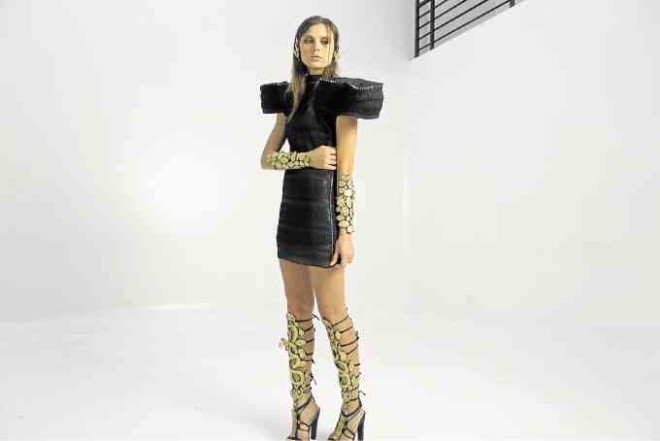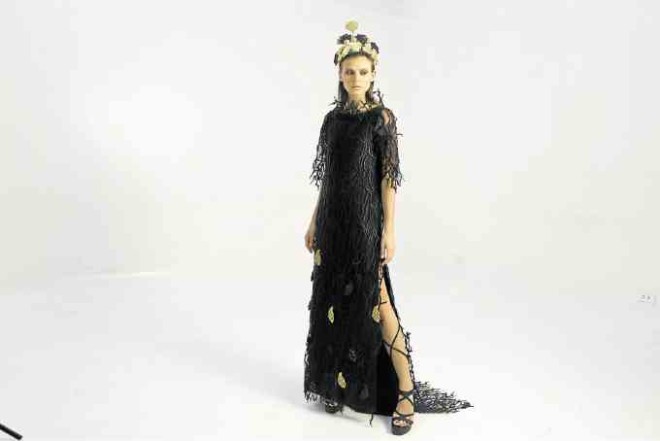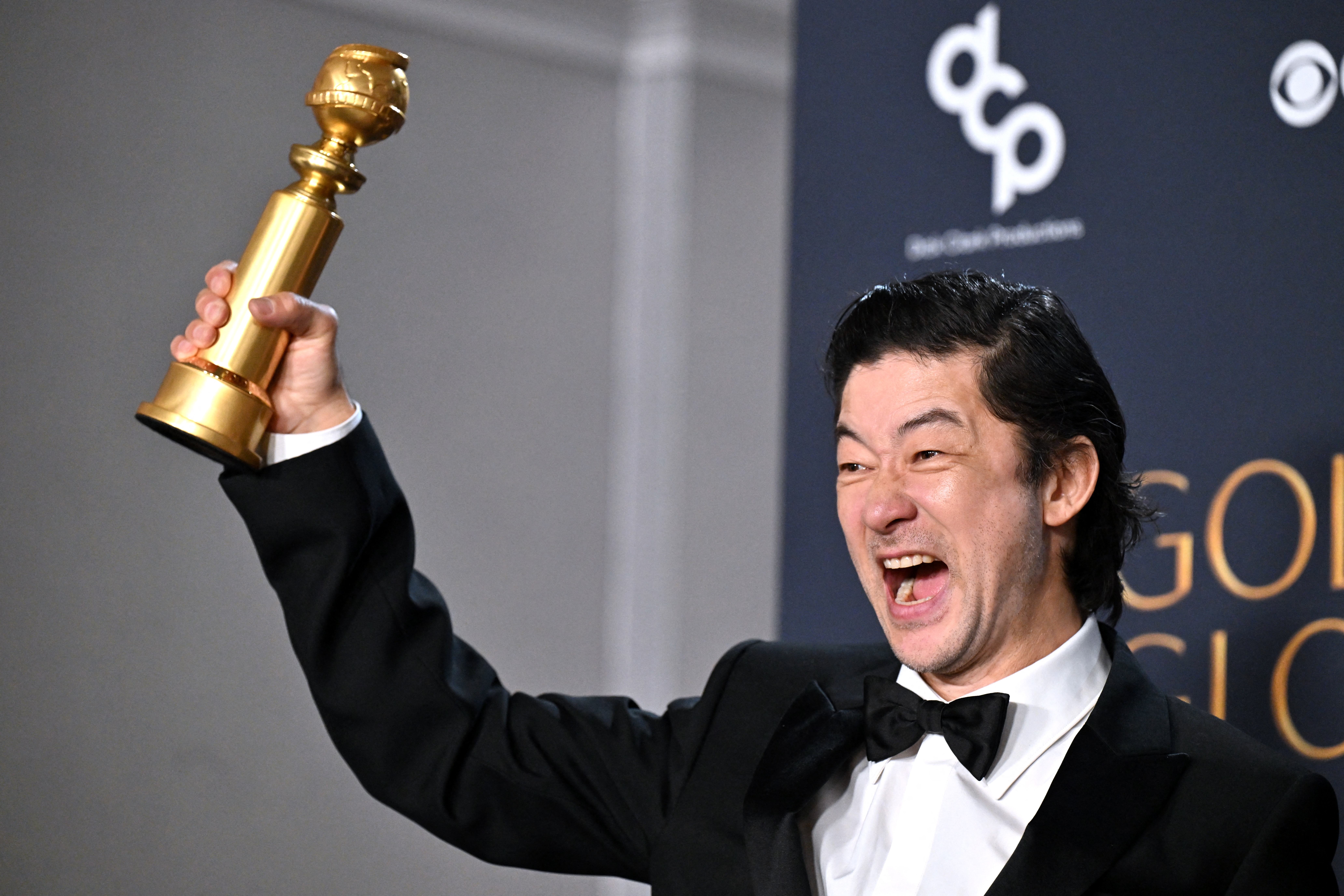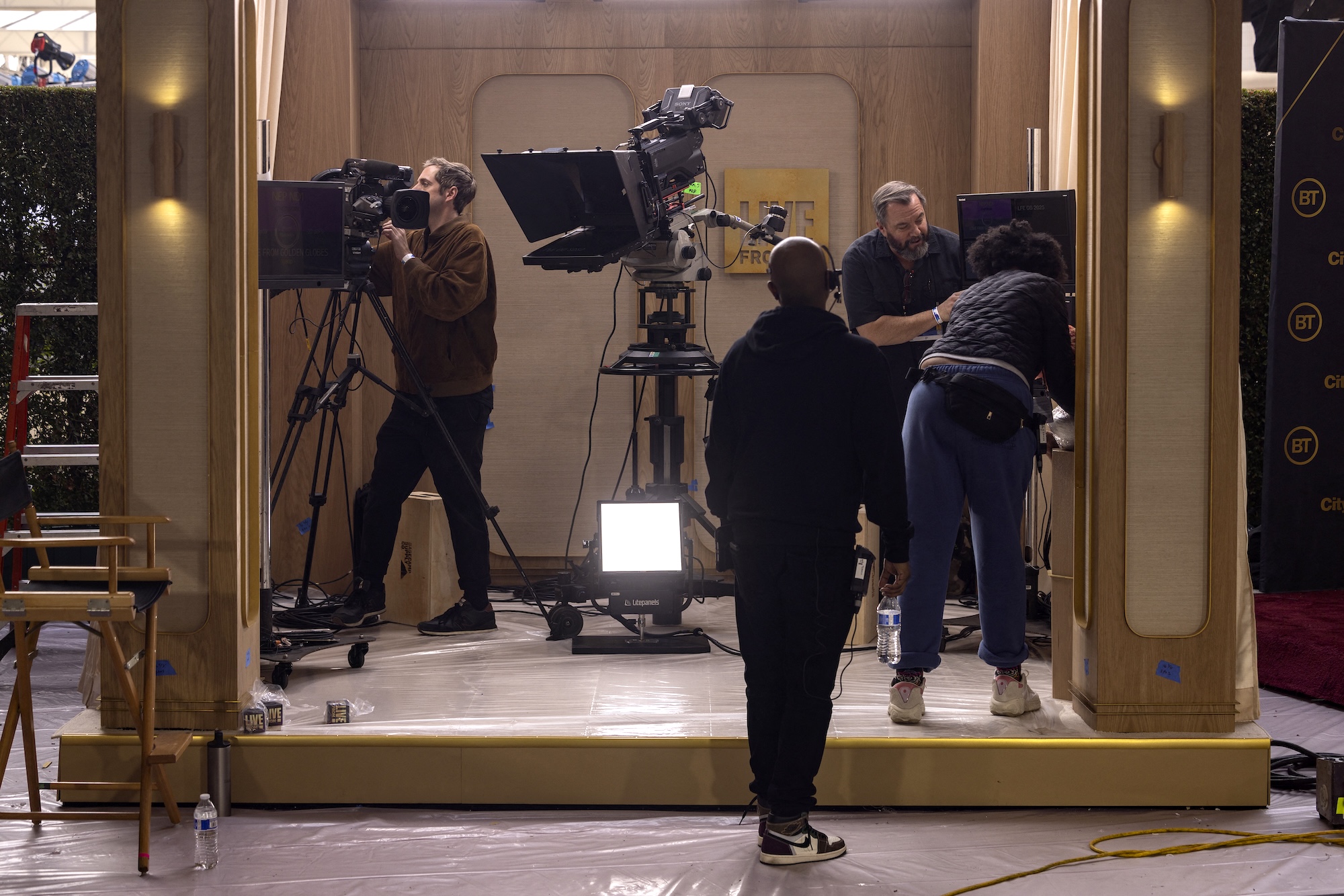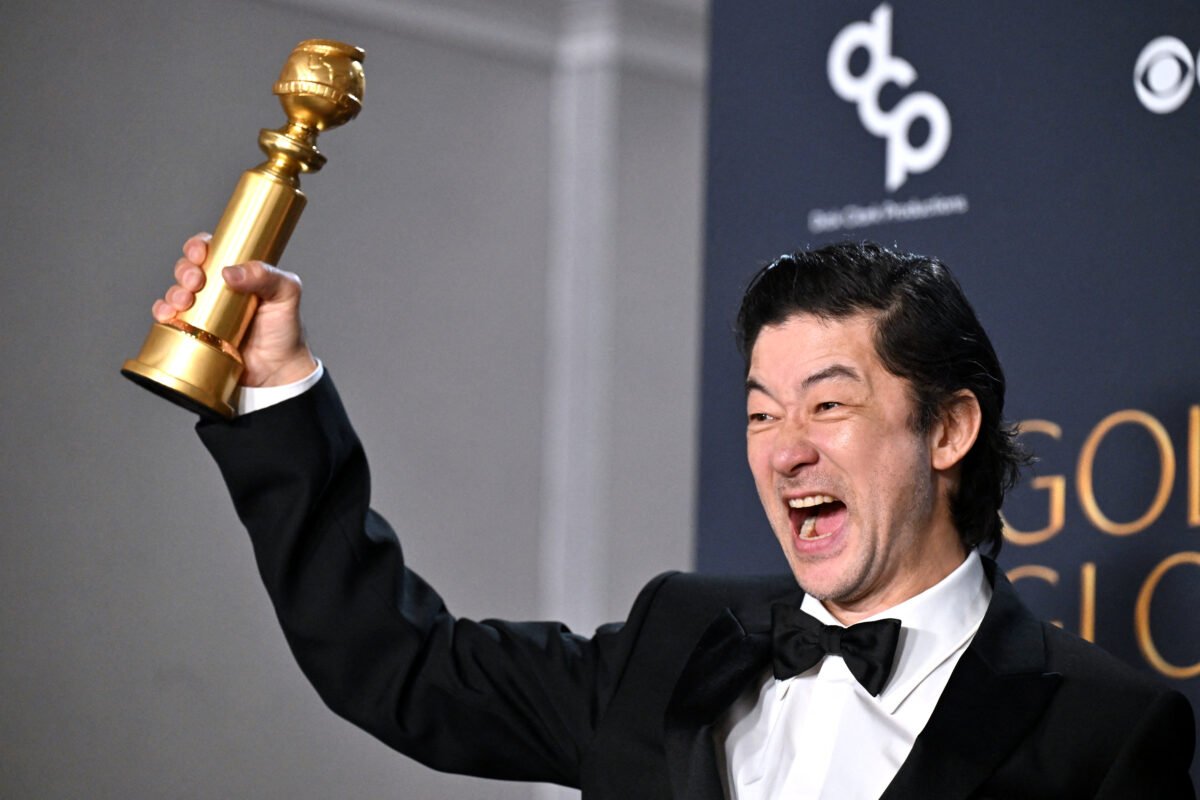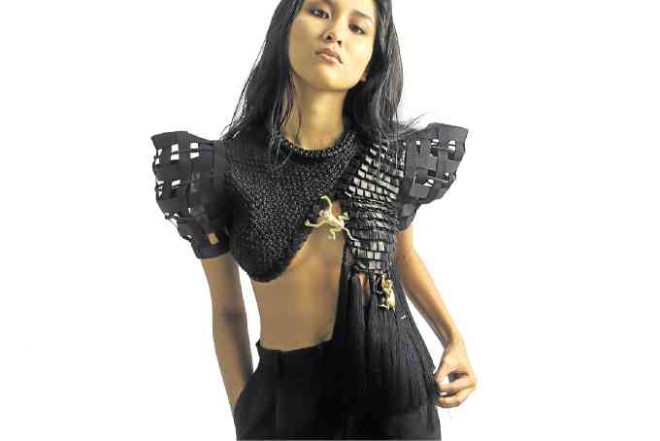
Though Wynn Wynn Ong has designed minaudières, furniture, home interiors, and even a chandelier, she has never thought to design clothes.
Still, that didn’t stop ABS-CBN, Metro Magazine and Metro Society from choosing the Burmese-born Ong to be this year’s MetroWear Icon, an honor typically reserved for fashion designers.
Cary Santiago, Francis Libiran and Oliver Tolentino were among the annual event’s previous icons.
That the recognition coincided with Ong’s 15th year as a jewelry designer was all the more reason to celebrate.
While Ong is no fashion designer, she nevertheless found the opportunity to create apparel through a jewelry designer’s eye and aesthetic “a wonderful, interesting challenge,” she tells Inquirer Lifestyle in her Makati atelier.
“I had to wrap my mind around it, come up with a happy medium,” she says. “In the end, I thought the best way to do justice to it was to incorporate the jewelry in the clothes so they are actually part of the body.”
Like her jewelry, Ong’s first foray into fashion design via a 24-piece couture collection is marked by intricate details, rich materials, nods to history and culture and touches of whimsy.

There’s also a story behind every piece.
An homage to women through the centuries, Ong’s apparel includes a “Modern Medusa,” a corded black sculptural vest interwoven with 24k plated repoussé snakes, prong-set with labradorite and New Zealand abalone. The fitted top is worn over a black, multilayered tulle ball skirt.
Meanwhile, the drama of a long, black draped gown fashioned from a single piece of fabric appears on the back, in the form of a Burmese water serpent or naga (the first brand name of Ong’s jewelry).
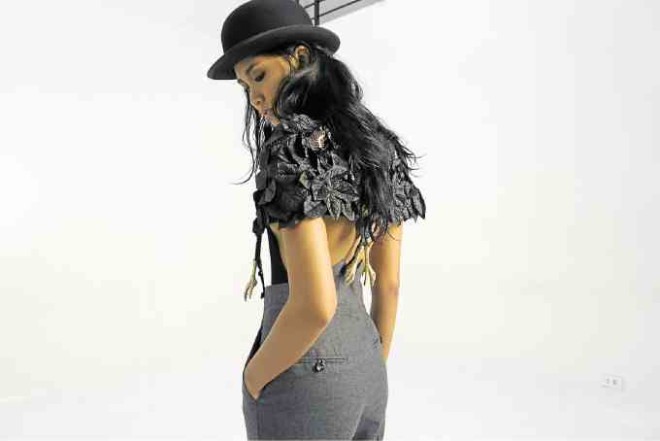
The entire piece is covered in gold leaf and assembled from various handmade repoussé pieces and sculpted elements and set with large “emerald” doublets (fuse crystal quartz with a green layer in between).
Gladiator-inspired
Ong’s take on the terno is a tunic of pure black silk with the trademark butterfly sleeves extending outward instead of clipped to the sides. Ear, arm, and shin guards handmade through repoussé work in 24k gold on metal finish this gladiator-inspired ensemble.
And if Charles Darwin were a woman, she would attend meetings with The Royal Society dressed in black cropped cape made of silk leaves, golden millipedes treading all over the foliage. Tailored gray wool fishtail pants held up by bespoke suspenders featuring golden chicken feet complete the cool and quirky look.
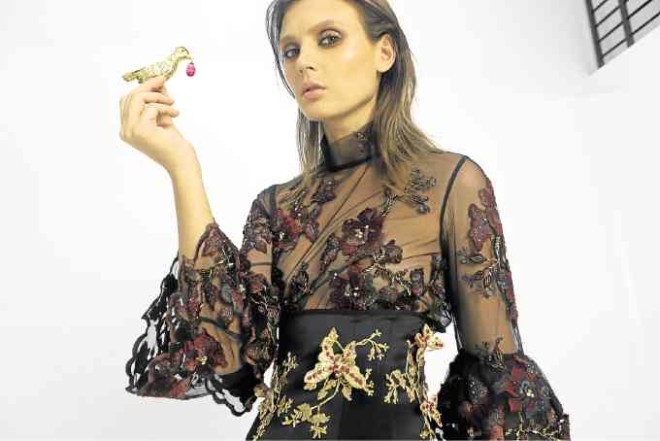
“I guess the joy for me was working with a new medium,” says Ong, who used a variety of fabrics—from pure silk, traditional Burmese cotton silk and tribal hand weaves to tulle, French lace, silk organdy, neoprene, silk rope, twine and cords. “I’ve used fabric in my jewelry pieces but never as the main material.”
Design objectives
From the get-go, Ong was very clear about her design objectives for her debut fashion collection: “I know the kinds of clothes I like to wear, but I also didn’t want to be inspired by another designer. Whatever I made had to be something uniquely my own.”

It helps that designing jewelry and clothing share similar goals. “It’s not just about form but function,” Ong points out. “A fashion designer is concerned about whether a woman can walk, sit and move in the clothes. Same with a jewelry designer, it’s not just about creating a pretty object. Can it take a woman from the boardroom to the ballroom? Is it flexible enough to bring in her travels? In that sense, fashion and jewelry design are very much aligned.”
As with her meticulously handcrafted jewelry, Ong was a stickler for construction details. To her, cleanliness and polished details have always been key.
Rapturous response
Through her friends Mark and Sandy Higgins, codirectors of Slim’s Fashion and Arts School, Ong was introduced to designer Milka Quin.
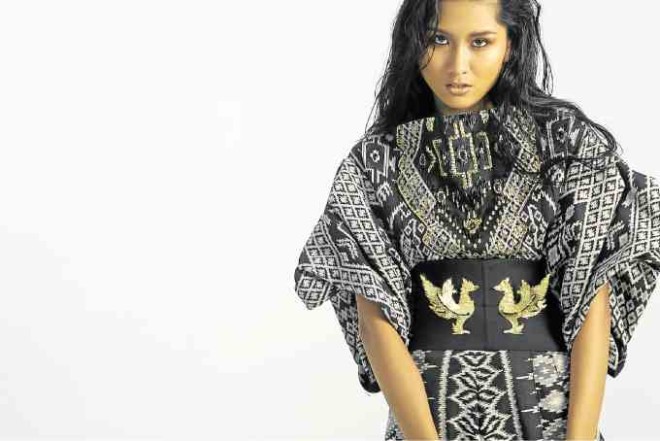
Quin, “Project Runway Philippines” Season 3 winner and Slim’s alumna and teacher, met weekly with Ong to discuss the latter’s fashion sketches and how they could be made into apparel.
As Quin made wearable pieces from Ong’s illustrations, Ong focused her attention on creating bags, shoes, crowns and other accessories to go with each outfit.
Despite the rapturous response to her collection, Ong is certain this doesn’t mean the start of—or shift to—fashion design.
“I love what I do and this was, in the end, another natural extension, like furniture and homeware,” she says.
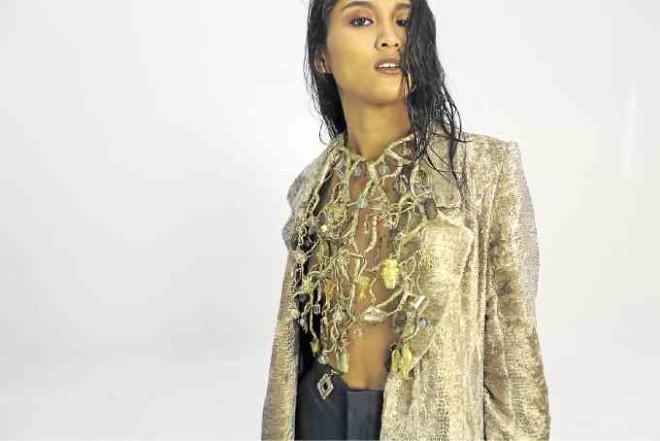
Creativity, however, will remain a constant in her life, and she describes having a vision, then chasing after it, and seeing it through its fruition, as her high and joy.
“As long as I’m here creating, I’m happy,” she says.
Intellectuals
Creativity came late to Ong, the daughter of intellectuals educated in the West. Her father was a nuclear physicist whose work brought him, his wife and their three daughters to Vienna, Austria, when Wynn Wynn was not yet three. Her mother, who had master’s degrees in sociology and library science, joined the then newly opened Asian Development Bank, prompting the family to move to Manila during Wynn Wynn’s teen years.
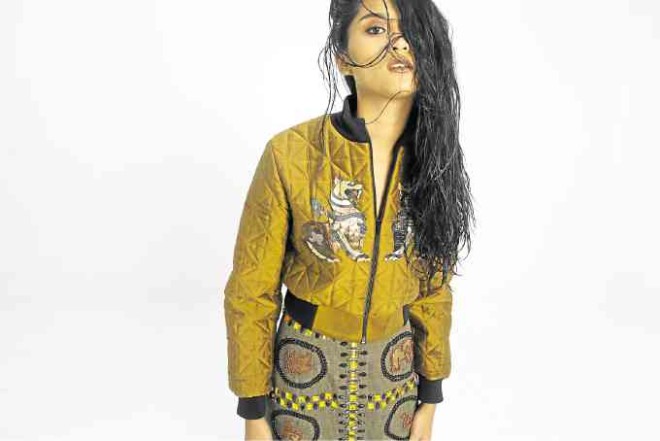
A business management major, she married investment banker Norby Ong and started a family in Singapore. This life-changing event left her a thesis short of finishing her MBA, though she did complete her master’s in education and curriculum development.
But after teaching literature for nine-and-a-half years at the International School, then actively serving the school and its committees as a member of its board of trustees until 2000, Ong suddenly found herself with nothing to do.

She was in Boston, Massachusetts, considered the family’s second home, when “out of boredom,” she started playing with store-bought gold and silver wire, incorporating them with Swarovski crystals and beads from her mother’s old necklaces.
“It’s very Burmese,” she says of jewelry collecting, recalling how her mother and grandmothers would buy gems from a supplier who visited their home every week.
“Well-bred women definitely collected, but even a small vendor selling flowers in a market wore gold bracelets,” she notes. “It would be more of an anomaly if a Burmese woman didn’t collect jewelry.”
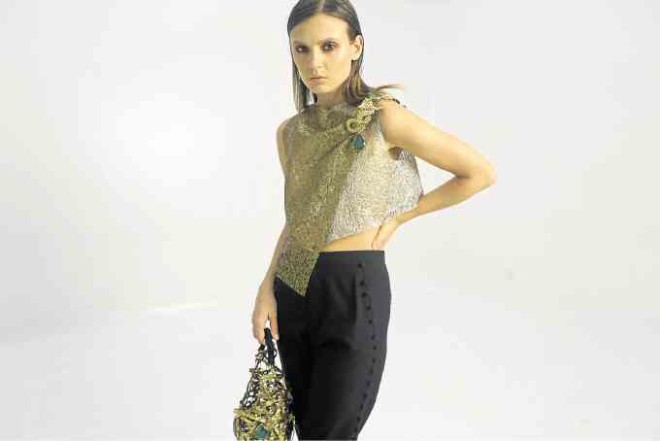
Distinct aesthetic
Unwittingly, this would influence Ong’s distinct aesthetic. Referencing organic textures such as the bark of a tree or the fissures on wood eaten by termites, Ong’s intuitive assemblage of metal and gemstones is the opposite of the polished pieces typically sought after by Burmese women.
“When you work with your hands, it’s like therapy,” says Ong of her then newfound hobby.
In time, it would become more than that. Back in Manila, she was in an event when stylist Michael Salientes complemented her handmade jewelry.
Tentative about starting a business at first, Ong has since found great success in her craft both here and abroad. The self-taught jewelry designer has also gone on to study goldsmithing with her lean team of artisans—“for better management,” she says, “and to truly blend form with function and understand what can and can’t be done.”
What Ong will be doing for her 20th anniversary, or even the coming year, is anybody’s guess—hers included.
“You’ll never know!” she exclaims gleefully. “But I hope it will be subsumed by a different form of creativity.” —CONTRIBUTED
